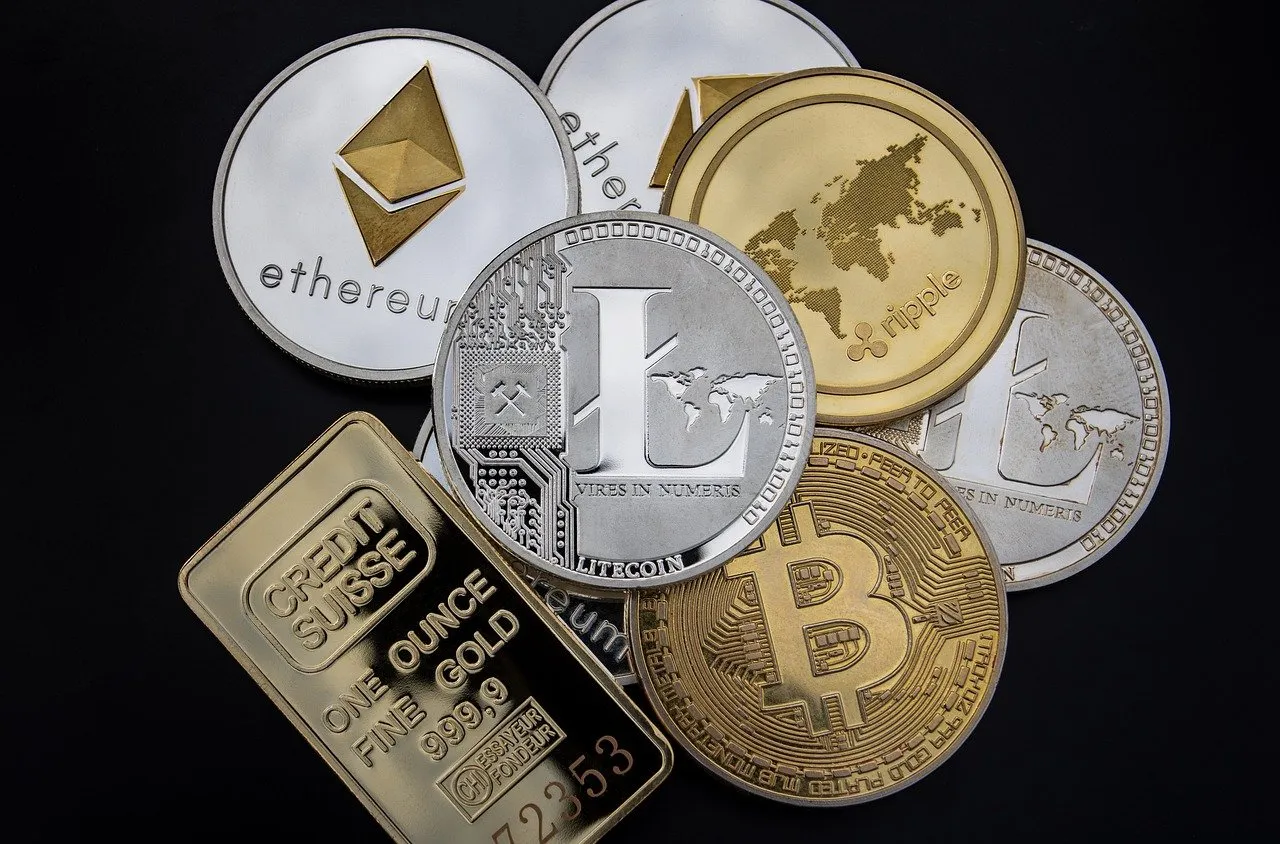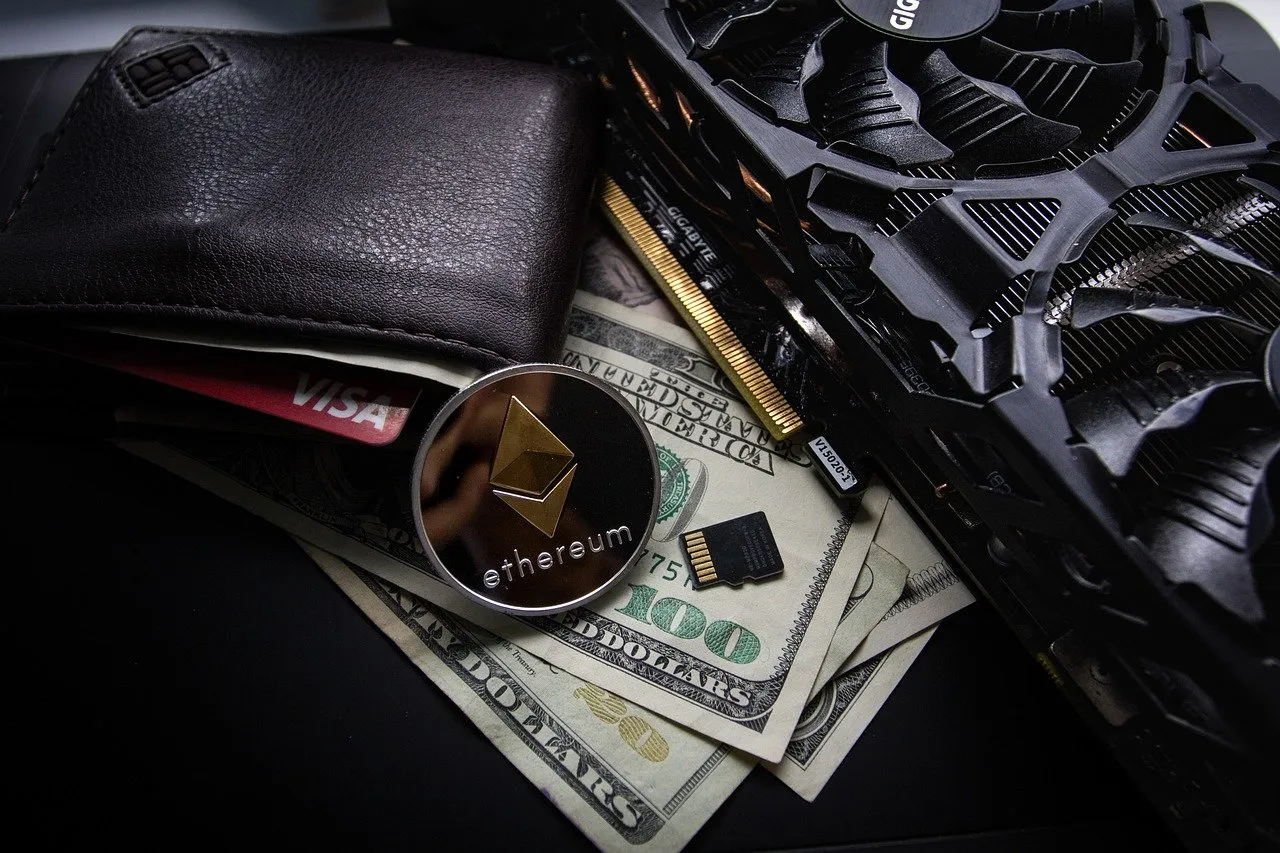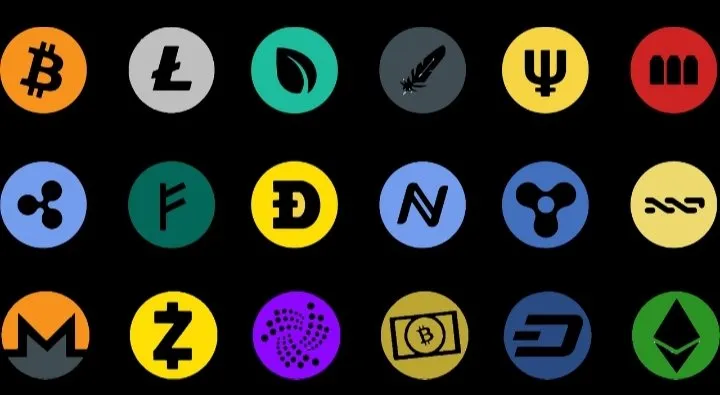Hi guys, I want to share something I recently learnt. Cryptocurrency trading is a lively and quick-moving space that attracts people with the potential for big profits. Yet, in the midst of all the excitement, it's essential to have a well-thought-out plan that goes beyond catchy phrases like "HODL"(Hold On for Dear Life ) and "WAGMI" (We're all gonna make it). One important lesson for traders, whether they're new or experienced, is to understand the importance of actually cashing in on your gains.

Image sourced
Well, I'm not an active trader but rather an observer, I've had the opportunity to observe the cryptocurrency market's rollercoaster-like cycles, and I've come to understand just how costly it can be to overlook the vital practice of realizing profits. This concept may appear straightforward, but it's often overshadowed by the allure of the HODL and WAGMI mindset, which can cause investors to neglect the importance of turning their unrealized gains into tangible profits.
Let me give an example to drive my point home:
Consider an investor who bought a significant amount of Bitcoin when it was trading at around $10,000. Over the following months, Bitcoin's value steadily increased, reaching $60,000 per coin. At this point, the investor had an impressive paper gain on their investment.
But, lured by the hope of making even more money and guided by the widespread "HODL" belief, they chose to keep all their Bitcoin without cashing in any profits. Regrettably, the cryptocurrency market is extremely unpredictable, and within a few weeks, the price of Bitcoin had a sudden drop, falling to $30,000 per coin.
The investor's paper gains, which had once seemed substantial, were now significantly reduced. In their attempt to "HODL" and avoid realizing profits, they experienced a substantial loss in the value of their holdings. This real-life scenario highlights the pitfalls of neglecting profit realization in the cryptocurrency market.
Had the investor decided to cash in a portion of their Bitcoin holdings during the price surge, they could have locked in profits and diversified their portfolio. This strategy would have provided protection against the subsequent market downturn, preserving the value of their investments and minimizing potential losses.
In the world of cryptocurrencies, many people have adopted this HODL strategy, which means they hold onto their digital assets no matter what's happening in the market. However, it's crucial to remember that you haven't actually made a profit until you convert some of your holdings into regular money (like dollars or euros) or other types of investments. Cryptocurrency prices can change incredibly fast, going up and down in just a few minutes. This kind of unpredictability shows how important it is not only to keep your assets but also to decide when it's the right time to turn them into real money or other investments.

Image sourced
When you don't cash in your gains in the cryptocurrency market, you leave yourself vulnerable to the unpredictable price swings. Cryptocurrency values can surge and then plunge suddenly, which can have a big impact on how much your investments are worth. If you get too wrapped up in the excitement of cryptocurrency trading and want to maximize your profits, you might wind up keeping your assets for too long. This could mean you miss out on opportunities and risk losing money when the market goes down. That's why it's so crucial to transform your profits into real, usable gains.
The key point to remember is that you should make taking profits a fundamental part of your cryptocurrency trading plan. Creating a clear strategy with specific goals for when to cash in can help you avoid making emotional decisions and trying to time the market perfectly, which often doesn't work. By regularly turning some of your cryptocurrency assets into actual profits, you not only protect your financial situation but also lower your exposure to market risks, ensuring you don't find yourself in a risky situation.

Image sourced
Conclusion:
In the world of cryptocurrency trading, it's crucial to find the right mix between taking smart risks and making sure your financial future is stable. Let me finally put it this way: Imagine you're investing in a new cryptocurrency, and it's been growing in value. While it's exciting to watch it go up, it's equally important to know when to cash in some of your profits. This means converting your digital gains into actual money. By sticking to a plan that matches your money goals and how much risk you're comfortable with, you'll protect your investments and set yourself up for long-term success in cryptocurrency trading.